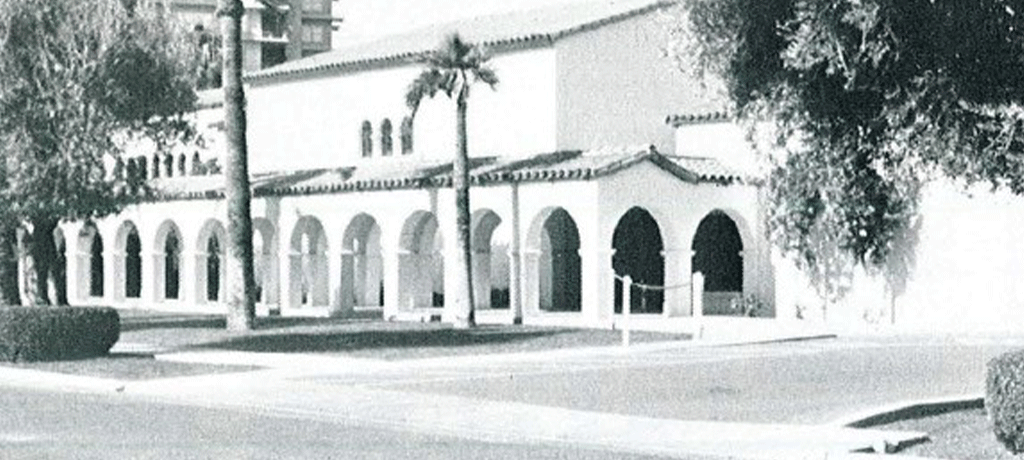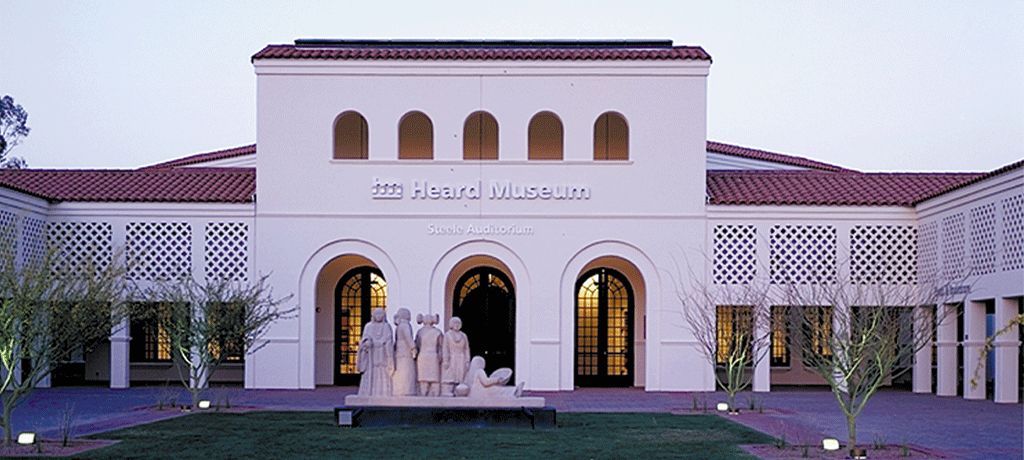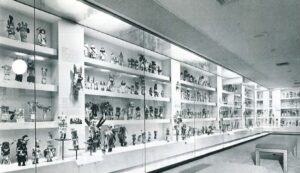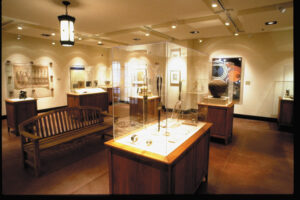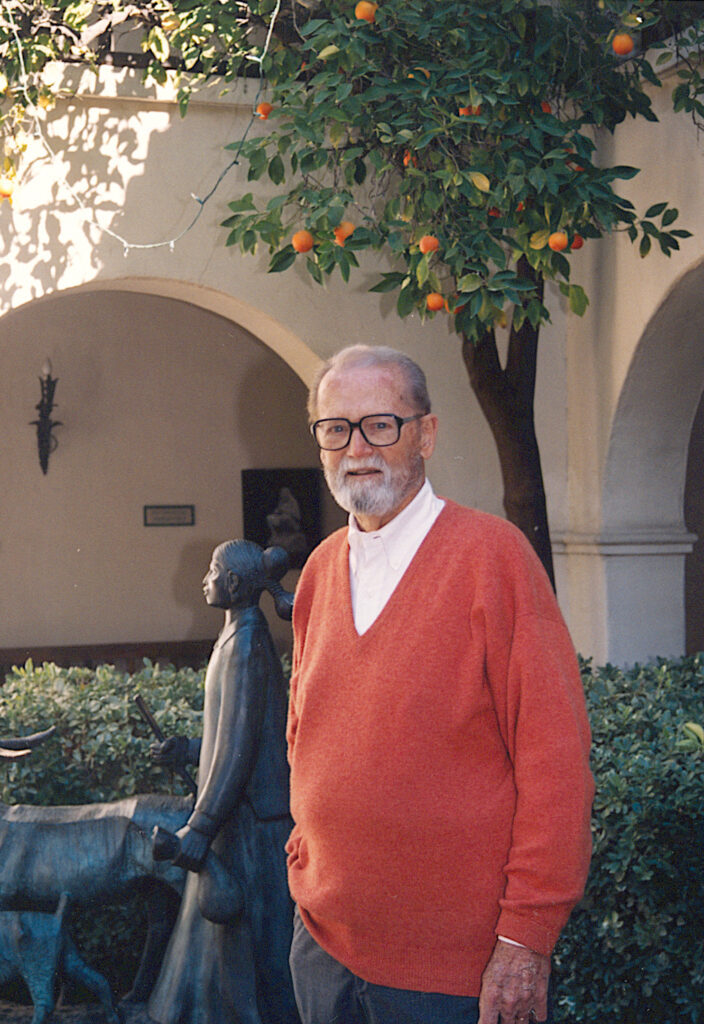Four decades of cultural partnership, preservation, and purpose with Kitchell.
As a cultural cornerstone of the Southwest, the Heard Museum tells stories that span centuries—and Kitchell has helped shape the spaces where those stories live on. Since its founding in 1929, the Heard has been a celebrated center of Native American art, culture, and storytelling. For more than 40 years, Kitchell has supported that mission through construction expertise, collaborative problem-solving, and cultural stewardship.
Kitchell’s relationship with the Heard Museum began in the early 1980s, when Kitchell CEM led a transformative five-year expansion that more than doubled the museum’s size—from 39,000 to over 76,000 square feet—while preserving its signature Spanish Colonial architecture. In addition to managing the overall project, CEM oversaw construction of the 8,600-square-foot Our Voices, Our Land exhibition, coordinating with national consultants and delivering high-quality results on a tight timeline and budget.
“Professional project management paid for itself.”
—Michael J. Fox, former Director, Heard Museum
Completed gallery space following the 1980’s expansion, led by Kitchell CEM.
A decade later, Kitchell Contractors returned to lead another major transformation—this time as Construction Manager at Risk. Completed in 1999, the project added 50,000 square feet of new space and renovated an additional 18,000 square feet, significantly expanding the museum’s footprint without disrupting its 250,000 annual visitors. Key features included a new main entrance and amphitheater along Central Avenue, upgraded fire and security systems, and the careful preservation of the museum’s open courtyards and distinctive arches. True to Kitchell’s collaborative approach, the team delivered the project in just 16 months—identifying more than $120,000 in savings through strategic value engineering.
Both projects were guided by a central belief: that thoughtful construction can deepen cultural connection. As former Director Martin Sullivan noted:
“Kitchell’s leadership and ability to grasp the complexities of the Heard—from the historic structure and sensitive artwork to our visitors, staff and volunteers—made all the difference in ensuring success.”
Updated interior from the 1999 expansion, which preserved the museum’s cultural integrity.
That legacy continued into the next decade. In 2012, Kitchell completed one of the museum’s most meaningful additions: the first national monument honoring Native veterans who served in the U.S. military. Situated along the western edge of the Heard’s campus, the American Indian Veterans National Memorial features multiple sculptures—including the final monumental work, Unconquered II, by Chiricahua Apache artist Allan Houser.
That spirit of service and cultural reverence is mirrored in the contributions of Kitchell’s founders. Sam and Betty Kitchell were longtime champions of the Heard and its mission, leaving a lasting imprint not only on the museum’s physical spaces but also on its cultural legacy. Justice Sandra Day O’Connor, who also served on the museum’s board, once reflected:
“Sam and Betty have contributed to the community throughout their years in Arizona. Sam served for many years on the board of The Heard Museum, where I also served. His leadership there was exceedingly helpful, especially when the museum expanded its facilities. Sam and Betty have been collectors of some fine examples of Native American art, which was nourished in part by their exposure to the Heard.”
Sam Kitchell visiting the Heard Museum in the early 2000s.
Today, the Sam and Betty Kitchell Gallery at the Heard Museum stands as a testament to their vision—and to the idea that advancing the built environment can go hand in hand with honoring heritage, healing, and hope.
Kitchell believes the most meaningful projects aren’t just built—they’re remembered. Cultural projects like the Heard Museum are more than milestones; they serve as touchstones of purpose, partnership, and progress. They reflect the company’s enduring philosophy: that building the future begins by honoring the past—and that lasting impact starts with community.
